According to DJI Enterprise, the Delta Police Department in British Columbia is enhancing public safety by using DJI Dock 2 technology in its Drone as a First Responder (DFR) program. In a recent presentation, officers explained how these automated drones—set up with help from CANDRONE—can launch quickly to cover Delta’s roughly 69.5 square miles, serving more than 108,000 residents.
Around-the-Clock Drone Readiness
Delta Police first introduced a single drone in 2017 and has grown its fleet to 12. The new DJI Dock 2 enables a drone to be dispatched within about four minutes of an alert, which helps officers respond faster without risking delays in road traffic. In one case, a drone arrived early at the scene of a suspected break-and-enter, letting officers get a better handle on the situation while staying out of harm’s way.

Shifting to a Drone-First Approach
Placing drones at the forefront of law enforcement has helped the Delta Police scale back ground units in certain incidents. According to Chief Harj Sidhu, the department looked at programs like the one in Chula Vista, California, to understand how drone-first responses can keep both officers and the public safer. The department also makes a point of talking openly with the community about privacy and operational concerns as the program evolves.

Meeting Transport Canada Standards
Delta Police worked closely with Transport Canada to secure a Special Flight Operations Certificate (SFOC). This meant doing risk assessments, checking signal strength, and ensuring the DJI Dock 2 could operate without endangering people or other aircraft. Transport Canada’s audit and final approval reflect how seriously the department takes these regulations, especially around advanced features like ADS-B receivers for detecting nearby aircraft.

Adapting to the Local Environment
Because Delta sits on the coast, the drones need to handle heavy rain, nighttime operations, and possible natural disasters. The DJI Dock 2’s weather-resistant build and thermal imaging cameras help address these challenges. If something goes wrong—like a lost connection or low battery—built-in return-to-home settings and a parachute system reduce risks to people and property. Geofencing also helps pilots avoid flying over high-traffic or restricted areas.

Plans for Citywide Coverage
Eventually, Delta Police wants to install multiple drone docks around the city for broader surveillance and faster emergency response. These docks would assist in routine policing and help manage incidents like flooding or earthquakes by giving officers a quick way to gather real-time information. By integrating drone feeds with existing systems—like dash cams and body cams—the department hopes to cut down on response times and better protect the community.

Delta Police’s DFR program shows how drones can fit into public safety work when combined with thoughtful planning, community outreach, and regulatory compliance. By deploying drones rapidly and providing officers with detailed aerial views, the initiative has the potential to improve safety for both law enforcement and local residents.

DroneXL’s Take
Delta’s approach is notable because it balances new technology with strict oversight and local engagement. The practical success of launching drones within minutes suggests that more agencies may soon try similar setups. As the department rolls out additional drone docks, it could serve as a valuable example for others exploring the benefits and challenges of drone-based first responder programs.
Photos courtesy of DJI Enterprise and Delat Police Department
Discover more from DroneXL.co
Subscribe to get the latest posts sent to your email.
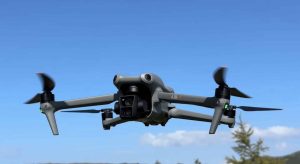
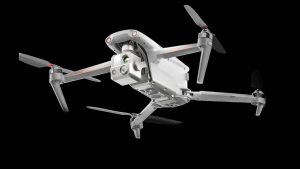


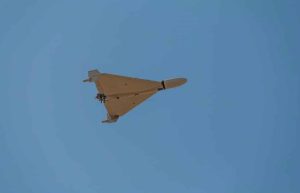
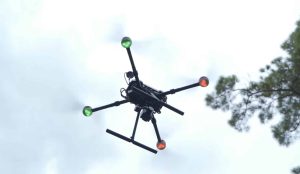
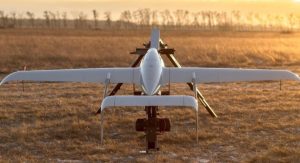
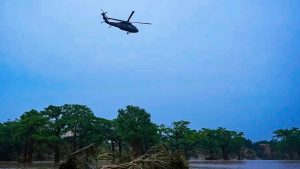
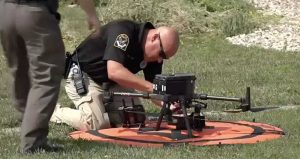
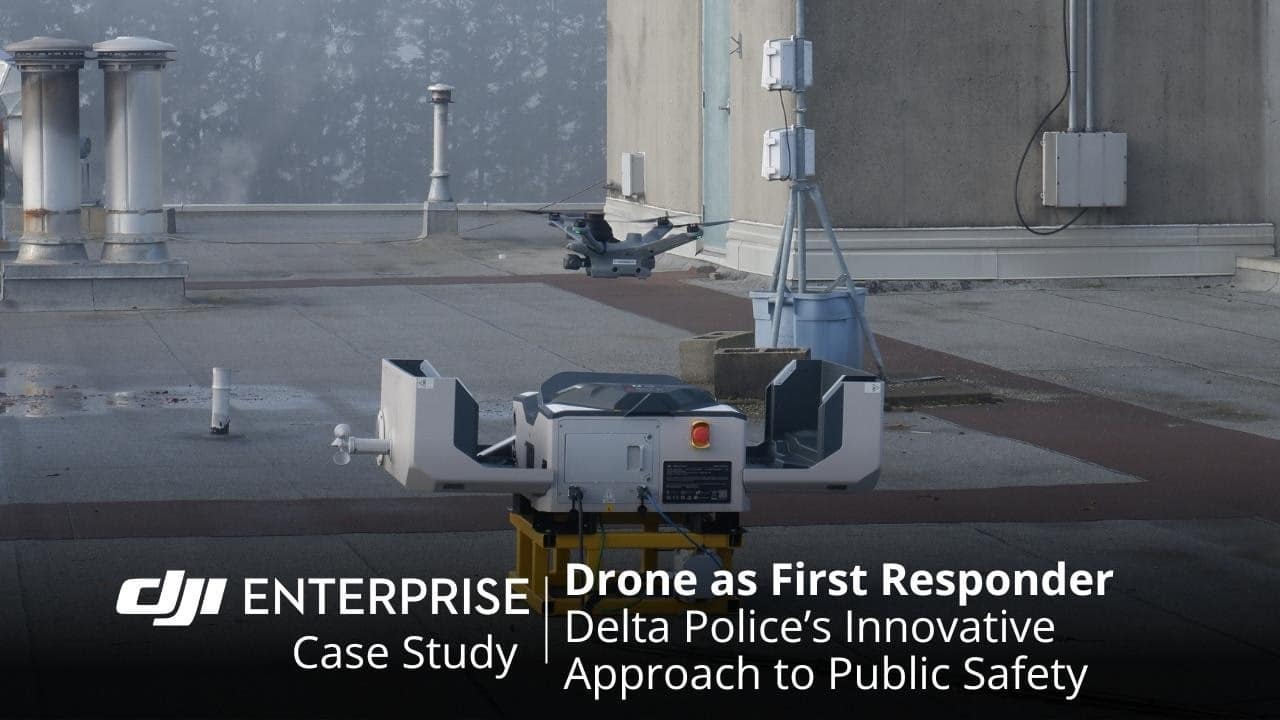

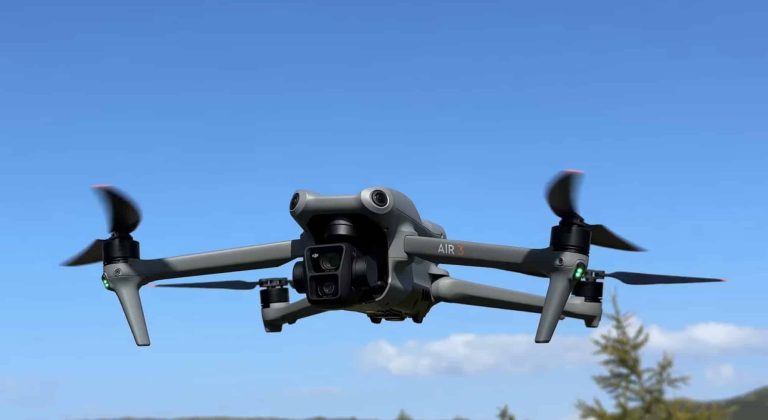
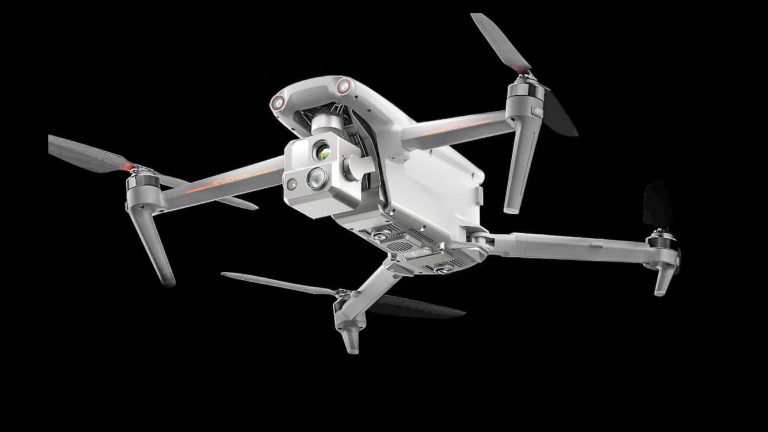
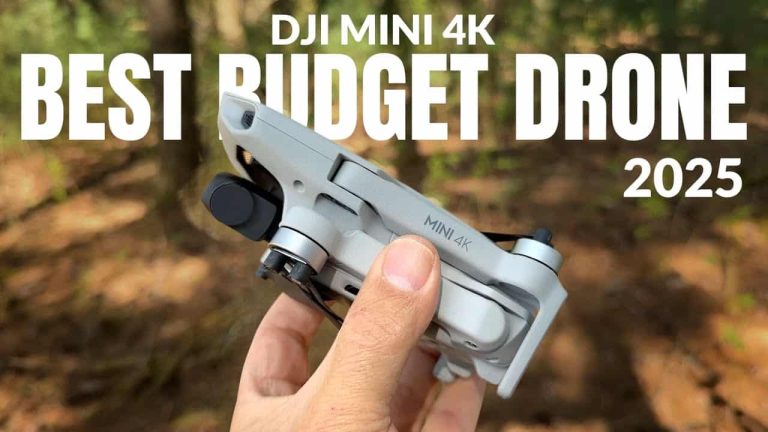
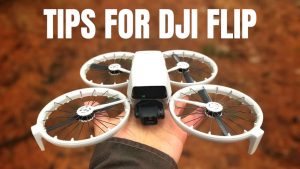

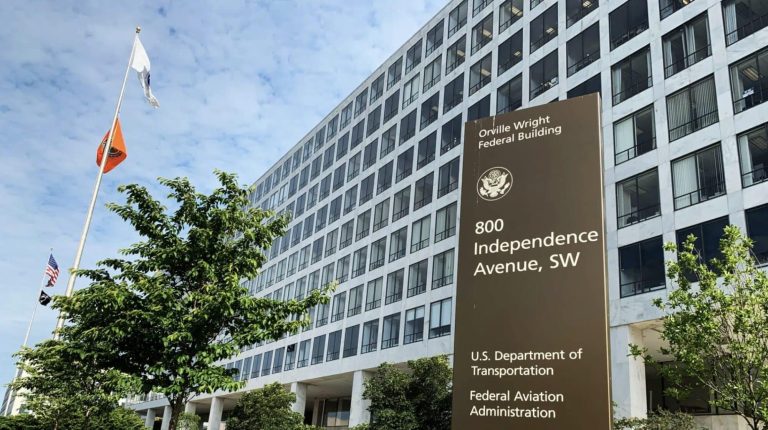
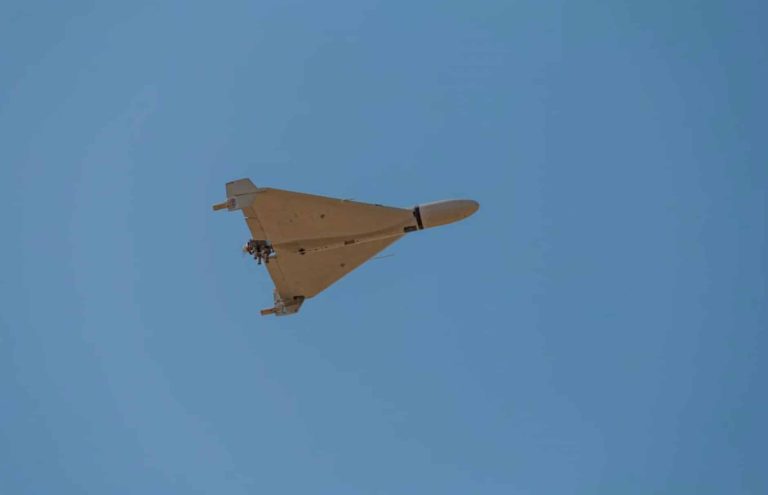
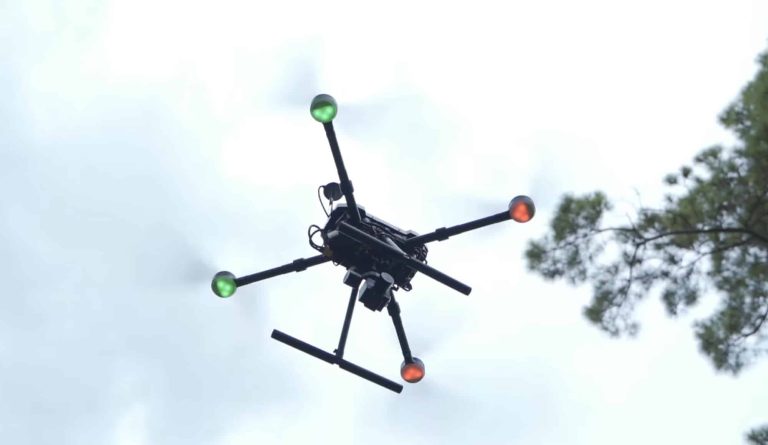
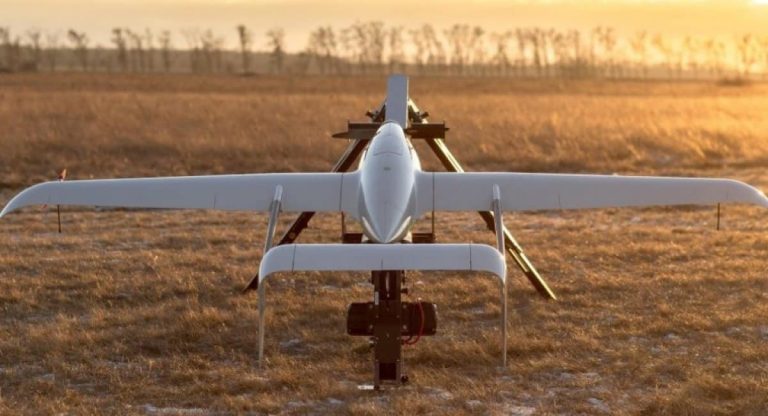
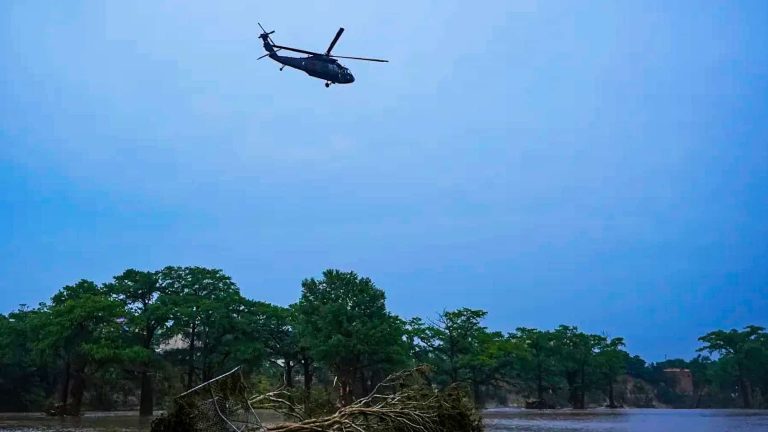
+ There are no comments
Add yours